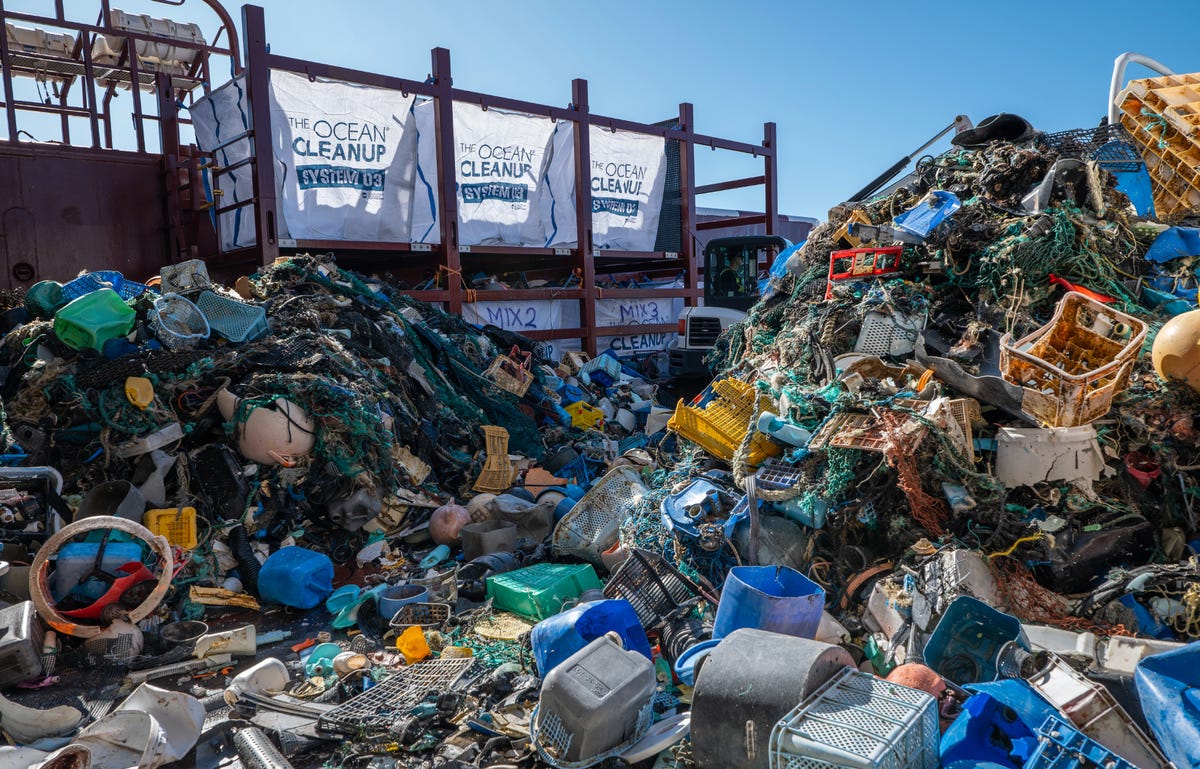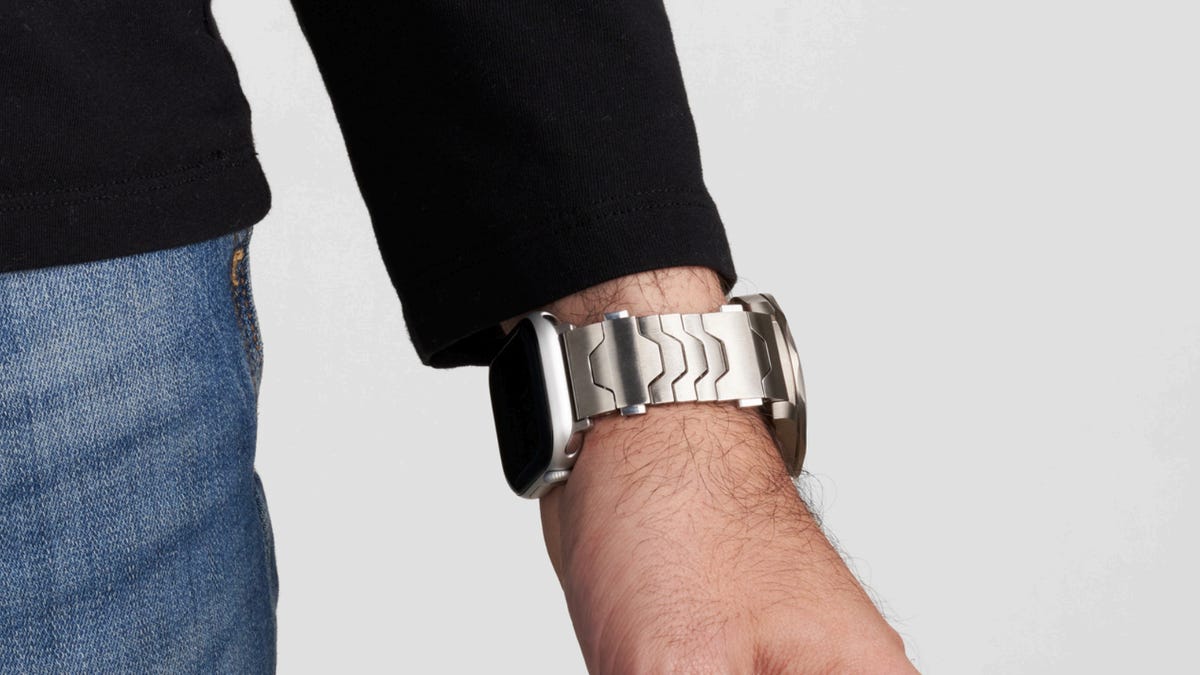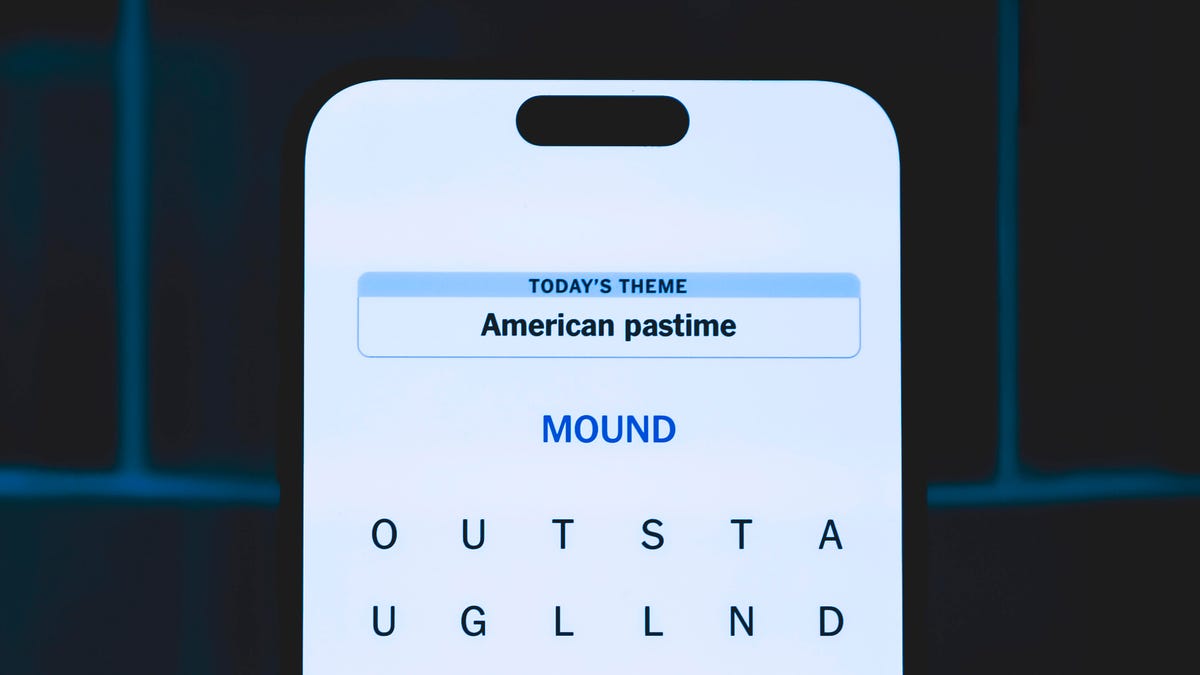Technologies
The Great Pacific Garbage Patch: The Floating Islands of Trash Three Times the Size of France
The Pacific Ocean has two large gyres filled with trash, and it’s coming from us.

As plastic waste continues to grow, so does the trash that’s accumulating in the Pacific Ocean. Two huge floating islands of garbage are taking up hundreds of thousands of square miles of real estate in what’s known as the Great Pacific Garbage Patch.
The vortices of garbage in the Pacific harm marine life as well as the environment, exacerbating human-caused climate change. The effects of climate change have been widespread and mounting, including melting of polar ice, rising sea levels and extreme weather. Many efforts are underway to address the issues, from international agreements coming out of the UN’s COP conferences to individual choices like switching to solar energy, but much remains to be done.
While climate change is largely caused by human-made greenhouse gas emissions from the burning of fossil fuels for energy — with the top three emitters worldwide being China, the US and the EU — microplastics and trash in our oceans do contribute to the climate crisis.

Ocean plastic damages air quality, pollutes the atmosphere and contributes to global warming, according to Iberdrola, a multinational electric utility.
Sunlight and heat cause plastic to release powerful greenhouse gasses. The WWF says as the planet gets hotter, the plastic breaks down into methane and ethylene, which increases the rate of climate change.
Chemical components and legacy pollutants also absorb into the plastic marine animals are eating, Nancy Wallace, director of the Marine Debris Program at the National Oceanic and Atmospheric Administration, told CNET.
It’s why environmental nonprofit Ocean Cleanup is working to clear the mess out. From August 2021 through August 2023, the Ocean Cleanup deployed Jenny (System 002), its first large-scale cleaning system. Over its two-year span, it cleared out more than 623,439 pounds of trash. The crew launched its newest cleaning system, System 03, in late August 2023.
Addressing the climate crisis requires reducing pollution in the oceans, which accumulate an additional 14 million tons of plastic yearly.
Here’s what you need to know about the islands of trash in the Pacific Ocean, and how you can help with the cleanup.
Where is the Great Pacific Garbage Patch?
The garbage patch is two vortices filled with trash in the Pacific Ocean. The two whirlpools of human detritus are known as the Western Garbage Patch (closer to Japan) and the Eastern Garbage Patch (closer to California and Mexico).
They’re also known as gyres, which is when two ocean currents come together and create a hurricane-like current, Wallace said. Materials then get caught in the gyres.
While you may think the patches are solid masses of tangled plastic, they’re actually dispersed across hundreds of miles of the Pacific. You could sail through the patches without even noticing you’re in them. This is because as much as 70% of the trash eventually sinks to the bottom of the ocean, Wallace said, and more evidence shows it sinks into a water column, which is why it’s not all on the surface.
How large is the garbage patch?
The Ocean Cleanup estimates that the Great Pacific Garbage Patch occupies 1.6 million square kilometers, about twice the size of Texas, or three times the size of France. It’s estimated to span around 620,000 square miles.
However, the actual size of the island of trash is unknown, since not all of the trash sits on top of the water, Wallace said, and it’s a moving target due to waves and wind. It does, however, stay within a specific area due to ocean currents.
How much trash is in the garbage patch?
There’s an estimated 1.8 trillion pieces of trash in the garbage patch, according to Conservation.org, which also projects that by 2050, the mass of ocean trash from plastic will outweigh its fish.
During its sampling, the Ocean Cleanup said it found more than 1.8 trillion pieces of plastic in the patch, weighing an estimated 80,000 tons. The organization said that number is a midrange value, and its calculations estimated that it may range from 1.1 to 3.6 trillion pieces.
At least 11 million tons of plastic enter all the oceans each year, and ocean-borne plastic is forecast to double by 2030, according to the Ocean Conservancy.
What kind of garbage is in the mounds of ocean trash?
Most of the trash comes from land in North America and Asia, like plastic bottles and straws that have found their way into the ocean. Trash can eventually make its way into the ocean from land-based sources, such as rivers, storm water and littering.
However, 20% comes from boats or ships that discard debris into the ocean, including lost fishing gear, according to the National Marine Sanctuary Foundation.

How does the garbage affect marine life?
You’ve likely seen photos of sea turtles and whales with fishing nets tangled around their bodies and shells. This is just one terrible effect that human-generated debris has on marine life.
Animals in the ocean can also ingest the plastic debris, which can harm their digestive tracts and make them feel as though they’re full, Wallace said. This results in the animals not eating the food they need to survive. The plastic could also lacerate their organs.
Microplastics can also damage the ocean
Microplastics are less than 5 millimeters long and come from larger debris that breaks down into smaller pieces, so they’re much harder to filter out. These small plastics can likewise pose a threat to aquatic animals as they ingest the debris.
But can eating fish that have consumed these microplastics hurt humans? Ocean Cleanup says when animals eat the plastics containing chemicals, there’s a possibility the chemicals could eventually make their way up the food chain to people.
What’s being done to clean up the ocean trash?
Groups are working to prevent more trash from ending up in the garbage patches by reducing the number of single-use products, such as bottles and straws. There are also people working on cleanup and removal of debris on or near the shore, because it’s easier to get land trash picked up.
Other groups are looking at doing open ocean cleanup to collect debris like fishing gear and other smaller pieces that are floating around, but there are some challenges since the Pacific Ocean is so big and deep.
Organizations like the WWF and Ocean Conservancy are also working closely with partners to focus on standardized regulations for businesses that regularly use plastic or that design products made primarily from plastic, Wallace said.

What can I do to help clean up ocean trash?
While a lot of the garbage is being produced by big corporations and dumped by ships, there are some things you can do on a personal level to help.
- Avoid adding to the problem. For instance, stop littering and start using reusable water bottles and shopping bags instead of single-serve plastic bottles or plastic bags that can easily wind up in waterways.
- If you live near an ocean, volunteer to help clean the shoreline to help remove debris on shores.
- If you don’t live near an ocean, you can help clean up parks, local neighborhoods, stormwater drains and other waterways, as trash in those areas can eventually end up in marine environments.
- Donate to different organizations that support removing the trash, such as Ocean Conservancy and Oceana.
- Shop at companies that are working toward sustainability. They’ll typically have this info listed on their website — for instance, Amazon has a sustainability page with its goals.
- Vote in elections to support people in all levels of the government who advocate policies addressing climate change, including writing letters and making phone calls to your senators.
For more information, here’s what a carbon footprint is and if yours matters. Also, climate denial is evolving on YouTube — here’s how to make sense of it.
Technologies
Today’s Wordle Hints, Answer and Help for Dec. 25, #1650
Here are hints and the answer for today’s Wordle for Dec. 25, No. 1,650.

Looking for the most recent Wordle answer? Click here for today’s Wordle hints, as well as our daily answers and hints for The New York Times Mini Crossword, Connections, Connections: Sports Edition and Strands puzzles.
Today’s Wordle puzzle has some tough-to-guess letters. If you need a new starter word, check out our list of which letters show up the most in English words. If you need hints and the answer, read on.
Read more: New Study Reveals Wordle’s Top 10 Toughest Words of 2025
Today’s Wordle hints
Before we show you today’s Wordle answer, we’ll give you some hints. If you don’t want a spoiler, look away now.
Wordle hint No. 1: Repeats
Today’s Wordle answer has no repeated letters.
Wordle hint No. 2: Vowels
Today’s Wordle answer has one vowel.
Wordle hint No. 3: First letter
Today’s Wordle answer begins with P.
Wordle hint No. 4: Last letter
Today’s Wordle answer ends with M.
Wordle hint No. 5: Meaning
Today’s Wordle answer can refer to a geometric figure.
TODAY’S WORDLE ANSWER
Today’s Wordle answer is PRISM.
Yesterday’s Wordle answer
Yesterday’s Wordle answer, Dec. 24, No. 1649, was SPOOL.
Recent Wordle answers
Dec. 20, No. 1645: WHITE
Dec. 21, No. 1646: QUILT
Dec. 22, No. 1647: CONCH
Dec. 23, No. 1648: GLINT
Don’t miss any of our unbiased tech content and lab-based reviews. Add CNET as a preferred Google source.
What’s the best Wordle starting word?
Don’t be afraid to use our tip sheet ranking all the letters in the alphabet by frequency of uses. In short, you want starter words that lean heavy on E, A and R, and don’t contain Z, J and Q.
Some solid starter words to try:
ADIEU
TRAIN
CLOSE
STARE
NOISE
Technologies
This Two-Faced Watch Band Lets You Hide an Apple Watch Under Your Rolex
The $418 Smartlet literally bridges the gap between your elegant analogy and your nerdy smartwatch.

The Consumer Electronics Show is never short on ambitious ideas, but Smartlet may be one of the more unusual ones this year: a modular watch strap that lets you wear a traditional mechanical watch and a smartwatch on the same wrist, simultaneously. One on top of the other.
The Paris-based startup announced Smartlet at the 2026 CES in Las Vegas, pitching it as a solution for people who love the look of an analog watch but also want the practicality of a smartwatch for notifications, fitness tracking and mobile payments. Instead of choosing between the two, Smartlet’s system lets you mount an old-school timepiece on the front of your wrist while hiding a smartwatch or fitness tracker on the underside.
The stainless steel strap starts at $418 and doesn’t include a smartwatch or a mechanical watch. What you’re really buying is the strap system, which is compatible with most major smartwatches and fitness trackers, including Apple Watch, Samsung Galaxy Watch, Google Pixel Watch, Garmin models, Fitbit Charge devices and Whoop. On the analog side, it supports watches with lug widths from 18 to 24 mm, which includes high-end models from brands such as Omega, Tudor, TAG Heuer and Rolex.
The idea comes from founder David Ohayon, who says he was tired of having to play favorites every morning, choosing between his analog and Apple Watch. Smartlet, in theory, offers the best of both worlds, letting you toggle from fitness nerd to polished executive with the flick of a wrist.
In practice, it raises some serious questions, the biggest one being bulk. Smartlet says the system adds between 9 and 12 mm of height to the underside of the wrist once a connected device is attached. As someone who already manages to scratch watches without trying, the idea of strapping a second device to the underside of my wrist, where it regularly comes in contact with desks, armrests and tabletops, sounds like a walking nightmare.
There’s also the aesthetic. Smartlet is clearly aimed at what it calls the «modern gentleman,» with marketing language that leans heavily into luxury watch culture and phrases like «from the boardroom to the weekend.» Translation: This is a watch for wealthy men who want to show off their investment piece without sacrificing their gym gain tracking.
And while it may not be the most practical, or budget-friendly solution for most people, Smartlet is one of those highly niche, standout products that had us doing a double take at this year’s CES.
Technologies
Today’s NYT Strands Hints, Answers and Help for Dec. 25 #662
Here are hints and answers for the NYT Strands puzzle for Dec. 25, No. 662.

Looking for the most recent Strands answer? Click here for our daily Strands hints, as well as our daily answers and hints for The New York Times Mini Crossword, Wordle, Connections and Connections: Sports Edition puzzles.
Today’s NYT Strands puzzle has a holiday theme, and if you know a certain Christmas carol, you’ll quickly determine which words to hunt down. Some of the answers are difficult to unscramble, so if you need hints and answers, read on.
I go into depth about the rules for Strands in this story.
If you’re looking for today’s Wordle, Connections and Mini Crossword answers, you can visit CNET’s NYT puzzle hints page.
Read more: NYT Connections Turns 1: These Are the 5 Toughest Puzzles So Far
Hint for today’s Strands puzzle
Today’s Strands theme is: Carolers count.
If that doesn’t help you, here’s a clue: Five golden rings.
Clue words to unlock in-game hints
Your goal is to find hidden words that fit the puzzle’s theme. If you’re stuck, find any words you can. Every time you find three words of four letters or more, Strands will reveal one of the theme words. These are the words I used to get those hints but any words of four or more letters that you find will work:
- RIMS, HIMS, MARS, CHIME, CHIMES, MADS, DATE, DIAL, WAIL
Answers for today’s Strands puzzle
These are the answers that tie into the theme. The goal of the puzzle is to find them all, including the spangram, a theme word that reaches from one side of the puzzle to the other. When you have all of them (I originally thought there were always eight but learned that the number can vary), every letter on the board will be used. Here are the nonspangram answers:
- LORDS, MAIDS, SWANS, LADIES, PIPERS, DRUMMERS
Today’s Strands spangram
Today’s Strands spangram is CHRISTMASDAYS. To find it, look for the C that’s three letters down on the far-left row, and wind across.
Don’t miss any of our unbiased tech content and lab-based reviews. Add CNET as a preferred Google source.
Toughest Strands puzzles
Here are some of the Strands topics I’ve found to be the toughest in recent weeks.
#1: Dated slang, Jan. 21. Maybe you didn’t even use this lingo when it was cool. Toughest word: PHAT.
#2: Thar she blows! Jan.15. I guess marine biologists might ace this one. Toughest word: BALEEN or RIGHT.
#3: Off the hook, Jan. 9. Similar to the Jan. 15 puzzle in that it helps to know a lot about sea creatures. Sorry, Charlie. Toughest word: BIGEYE or SKIPJACK.
-

 Technologies3 года ago
Technologies3 года agoTech Companies Need to Be Held Accountable for Security, Experts Say
-

 Technologies3 года ago
Technologies3 года agoBest Handheld Game Console in 2023
-

 Technologies3 года ago
Technologies3 года agoTighten Up Your VR Game With the Best Head Straps for Quest 2
-

 Technologies4 года ago
Technologies4 года agoBlack Friday 2021: The best deals on TVs, headphones, kitchenware, and more
-

 Technologies4 года ago
Technologies4 года agoVerum, Wickr and Threema: next generation secured messengers
-

 Technologies4 года ago
Technologies4 года agoGoogle to require vaccinations as Silicon Valley rethinks return-to-office policies
-

 Technologies4 года ago
Technologies4 года agoOlivia Harlan Dekker for Verum Messenger
-

 Technologies4 года ago
Technologies4 года agoiPhone 13 event: How to watch Apple’s big announcement tomorrow
